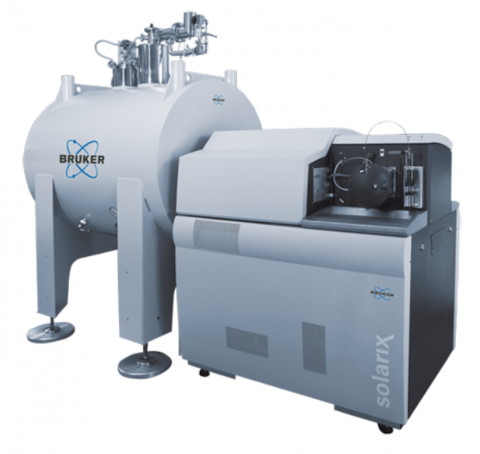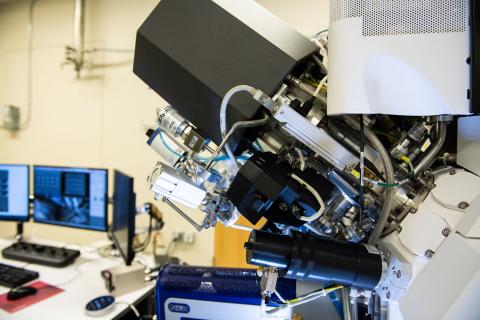Human infections caused by viral pathogens trigger a complex gamut of host responses that limit disease, resolve infection, generate immunity, and contribute to severe disease or death. Here, we present experimental methods and multi-omics data capture approaches representing the global host...
Filter results
Tags
- (-) Health (8)
- (-) Imaging (5)
- (-) Electrical energy (3)
- Omics (17)
- Viruses (12)
- Soil Microbiology (10)
- Genomics (8)
- Virology (8)
- Virus (8)
- High Throughput Sequencing (7)
- Mass Spectrometer (5)
- PerCon SFA (5)
- Sequencer System (5)
- Ions (4)
- Microbiome (4)
- Nanoparticles (4)
- sequencing (4)
- Spectroscopy (4)
- Energy (3)
- Fungi (3)
- Mass Spectrometry (3)
- metabolomics (3)
- Metagenomics (3)
- Microscopy (3)
- Proteomics (3)
- RNA Sequence Analysis (3)
- Sodium (3)
- Synthetic Biology (3)
- microbiome stability (2)
- Polymer Materials (2)
X-ray, energetic photon, and electron irradiation can ionize and electronically excite target atoms and molecules. These excitations undergo complicated relaxation and energy-transfer processes that ultimately determine the manifold system responses to the deposited excess energy. In weakly bound...
The accurate description of excited vibronic states is important for modeling a wide range of photoinduced processes. The nuclear–electronic orbital (NEO) approach, which treats specified protons on the same level as the electrons, can describe excited electronic–protonic states. Herein the...
"Visualizing the Hidden Half: Plant-Microbe Interactions in the Rhizosphere" Plant roots and the associated rhizosphere constitute a dynamic environment that fosters numerous intra- and interkingdom interactions, including metabolite exchange between plants and soil mediated by root exudates and the...
he production and release of H2 and O2 during and after electron (100–1000 eV) irradiation of boehmite nanoplatelet films was studied. H2 and O2 produced during irradiation likely correspond to electron-induced dissociation of the hydroxyls primarily in the terminal surface layers of the boehmite...
Bruker Daltonics SolariX Magnetic Resonance Mass Spectrometry (MRMS) instruments are available for different magnetic field strengths of 7T, 12T and 15T. The SolariX XR and 2xR instruments use magnetron control technology and a newly developed, high sensitivity, low noise preamplifier to exploit...
Category
The Nikon Eclipse Ti2-E is a motorized and intelligent model for advanced imaging applications. Compatible with PFS, auto correction collar, and external phase contrast system. The base of choice for live-cell imaging, high-content applications, confocal and super-resolution.As research trends...
Category
The innovative Elstar™ electron column forms the basis of the Helios NanoLab’s outstanding high resolution imaging performance. The Elstar features unique technologies, such as constant power lenses for higher thermal stability, electrostatic scanning for faster, higher accurate imaging, and unique...
Category
Stanford Synchrotron Radiation Lightsource Experimental Station 14-3b is a bending magnet side station dedicated to X-Ray Imaging and Micro X-Ray Absorption Spectroscopy of biological, biomedical, materials, and geological samples. Station 14-3b is equipped with specialized instrumentation for XRF...




